Skeleton Hill

Archaeologists have determined the ancient people that lived in the region of what we today call La Jolla Farms are among the oldest in North America. It is an area Kumeyaay Natives regard as sacred. They refer to it as Skeleton Hill.
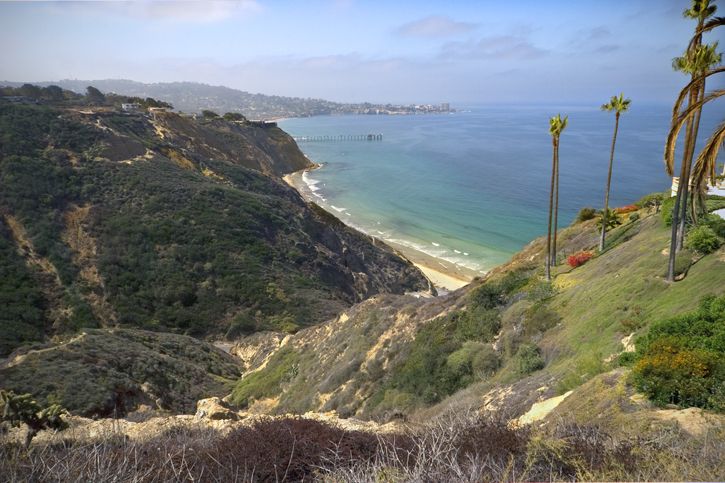
With so much evidence of ancient human activity here, the view from Skeleton Hill must have been no less captivating for them as it is for us today. The modern day residence on the site was built by William H. Black in 1952. The beach seen here bears his name, Black’s Beach.
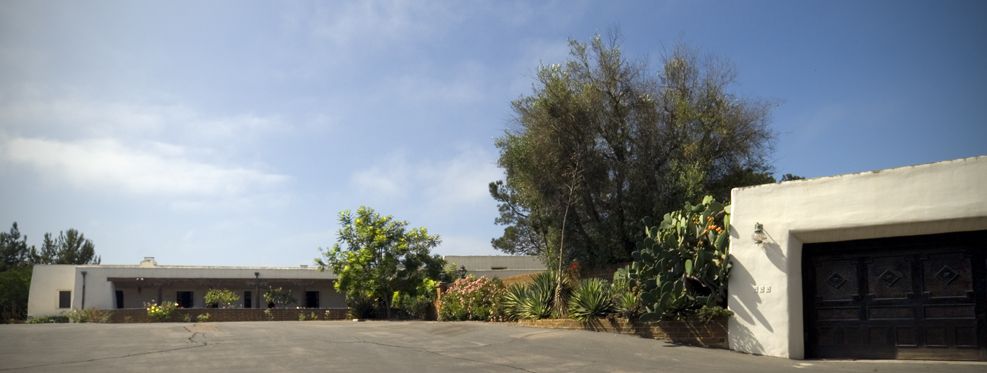
This site is among the 200 acres of La Jolla pueblo land Black purchased in 1949. Black hired William Lumpkins to design his residence–a Master Architect renown for his Pueblo Revival designs and his use of adobe as a modern building material.
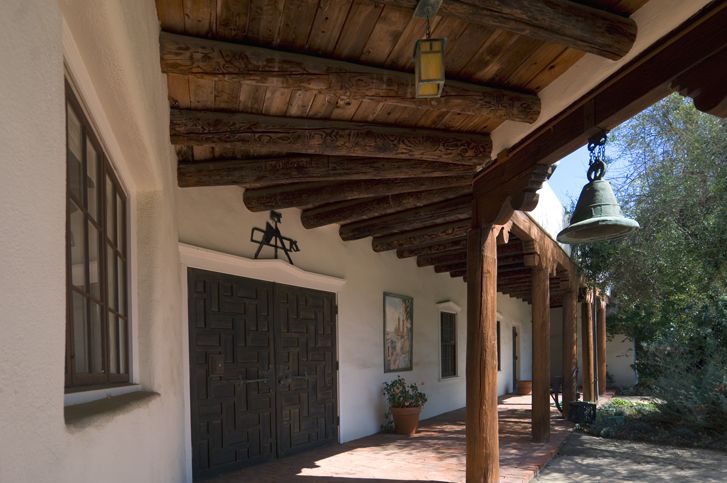
Adobe structures are now rare in San Diego. The Black residence is unique being a modern-day adobe.
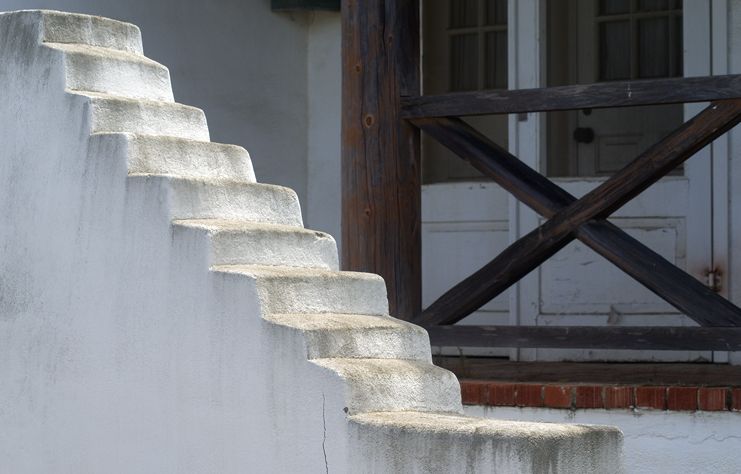
The argument is persuasive that adobe forms the most organic of all architecture.

The gentle rounded edges and soft lines impart a warm character.

William H. Black was a Texas-oil millionaire who came to La Jolla as a financier and land developer.

Horses and Stables were part of his La Jolla Farms vision.
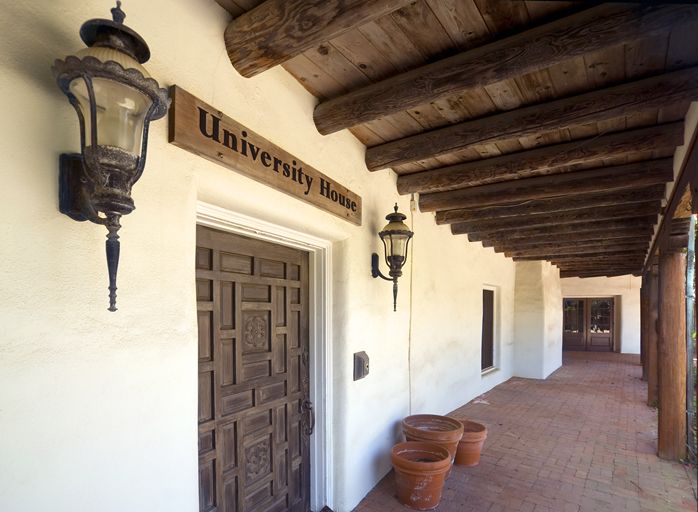
In 1967 UCSD bought the residence and 130 acres of La Jolla Farms property. It served as the residence for six UCSD Chancellors. And it was the site of countless public meetings, parties, and networking/seminar functions.

But as University House aged it developed a lot of problems old houses often need help with–plumbing, electrical, and structural issues to name a few.

By the end of 2003 University House was no longer used. It was closed. UCSD decided the structure was too problematic to deal with. They proposed demolition and redevelopment of the site.
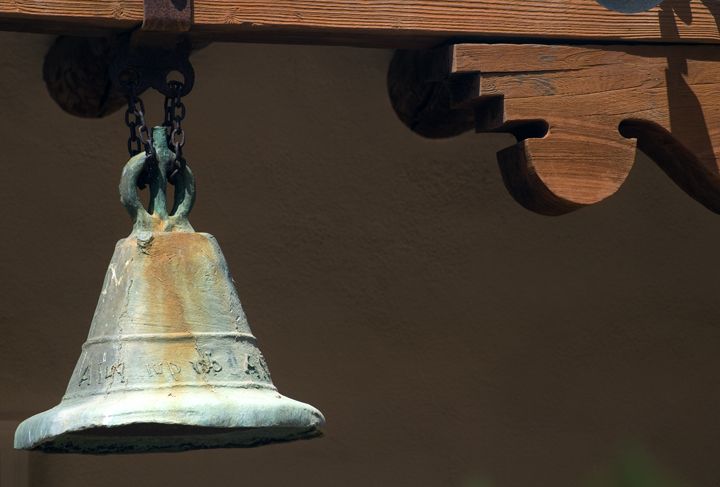
Native Americans were immediately out in front opposing redevelopment of the sacred grounds. The Kumeyaay firmly believe the ancients found here are their fore bearers. For years they suffered in a spiritual sense every time a trench or swimming pool was dug resulting with someone being taken from their resting place. In the past 80 years at least 29 people were unearthed here. The Kumeyaay seek to recover people removed from the site. And they want those at rest to remain in place. The Native Americans funded their own legal action and vigorously opposed UCSD’s plans.
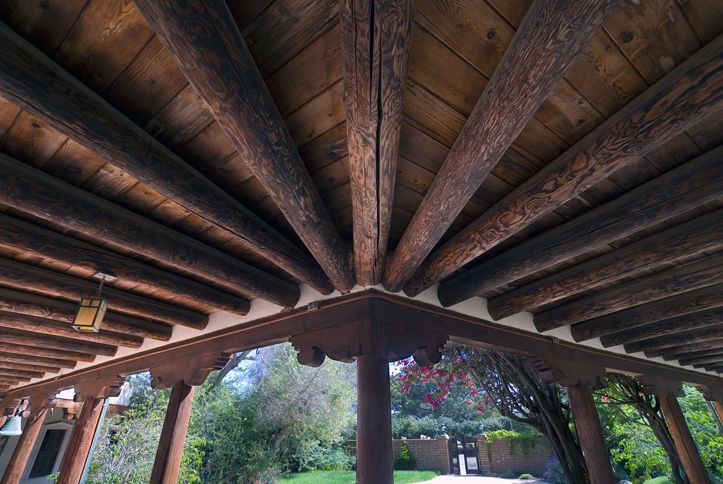
Saving the William Black residence became a top priority for Save Our Heritage Organisation, SOHO. They also began legal action. SOHO provided expert testimony at hearings and made available legal and consulting assistance.

The third and equally vigorous front in opposition to the project was the La Jolla Historical Society. Their report achieved designation of the site on the National Register of Historic Places. And they made it clear they would challenge every permit applied for, and stand in opposition at every hearing.
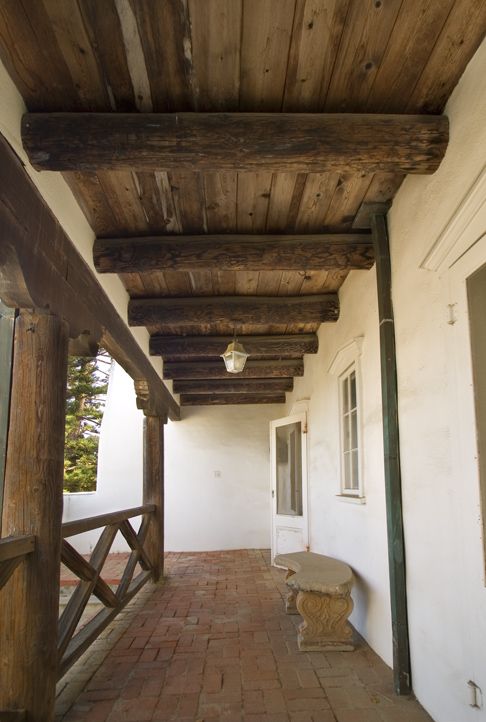
The opposition coalition went well beyond those three strong voices. Elected officials spoke in support of the Native Americans, including State Senators Christine Kehoe and Denise Ducheny. The California Coastal Commission reminded UCSD a full hearing was required through them before any permit would be issued for the project. Even the typically pro-development Union-Tribune didn’t support UCSD’s tear down and rebuild plan.
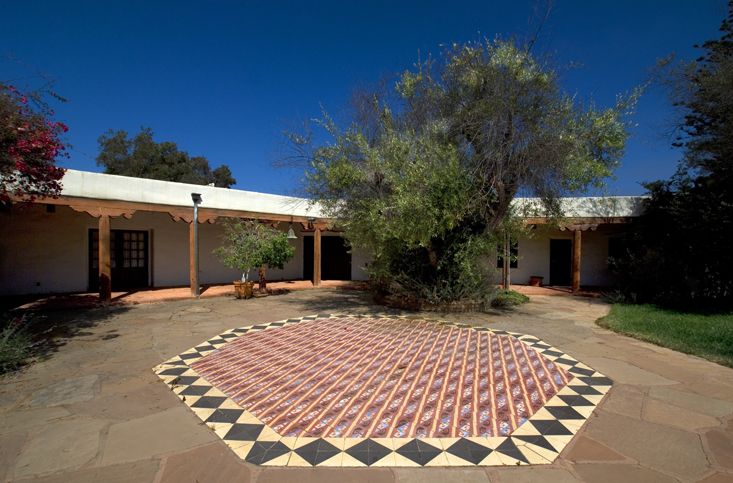
Ultimately UCSD listened to the Native Americans and the Historic Preservationists. Today UCSD is a committed preservationist partner in restoring this great cultural asset.
My thanks to UCSD’s media office, and particularly Jim Daly, Principal Architect and Project Manager. Their help and assistance gaining access to the property was most generous.
1 COMMENT
Dan, thanks so much for blogging on the Black House aka University House. This site has many, many historic and pre-historic resources on it. It’s truly one of the crown jewels of San Diego, if not the United States. Great, great photos!!! Thank you!